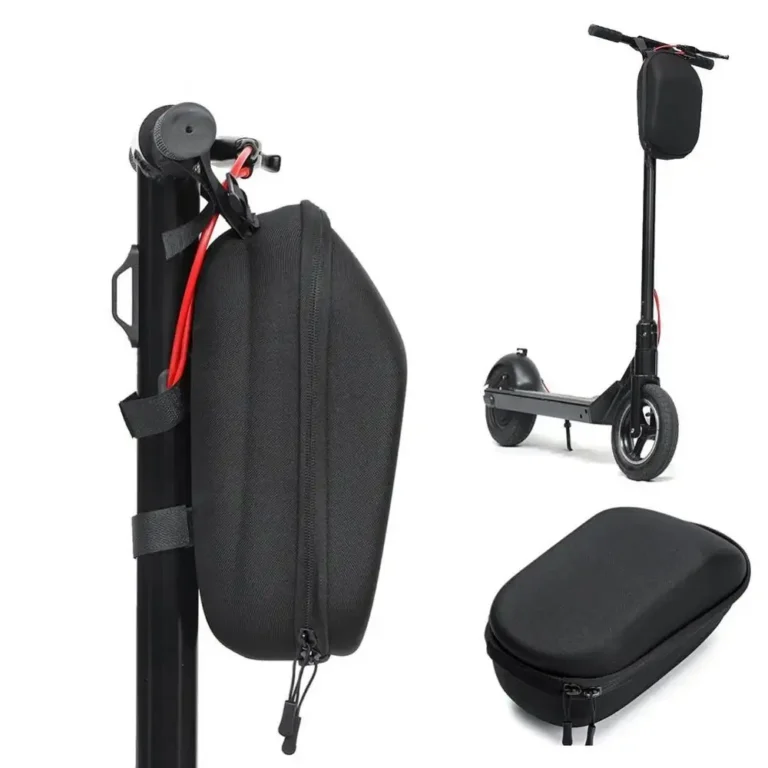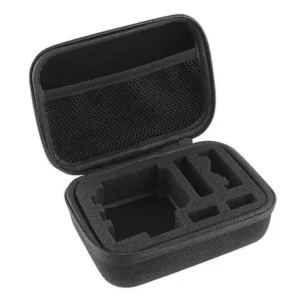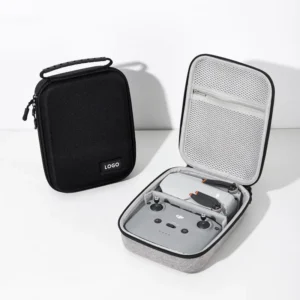Types of Bicycle Bags: Enhance Your Ride with the Right Storage Solution
Cycling is not just exercise—it’s an adventure. And whether you’re commuting, touring, or hitting rugged trails, the right bicycle bag can reduce physical strain, keep essentials organized, and dramatically improve your ride experience. In this guide, we’ll explore the most common types of bike bags and how to choose them.

1. Frame Bag (Top‑Tube / Triangle Bag)
A frame bag is designed to fit inside the bike’s triangular frame (beneath the top tube). Available in capacities from 1L to over 5L, it’s ideal for storing tools, snacks, spare tubes, or a compact pump. Choose the correct size based on frame geometry—whether your bike is full‑suspension, hardtail, or rigid. This is a favorite among bikepacking, e‑touring, and mountain bike (MTB) riders for balanced weight distribution.
2. Seatpost & Saddle Bag (Seat Bag)
Mounted under the saddle or on the seat tube, saddle bags typically range from 0.5L to 2L, perfect for carrying essentials like tire levers, multi-tools, or a small rain jacket. Thanks to their rear placement, they don’t interfere with pedaling leg movement. Look for a water-resistant or waterproof saddle bag to stay dry in wet conditions.
3. Handlebar Bag
These bags attach directly to the handlebars and move with steering. Suitable for lightweight gear—phone, GPS, snacks—handlebar bags provide easy, quick access while riding. Because they swivel with the bar, heavier contents can affect bike handling, so keep it lightweight and balanced.
4. Top‑Tube Accessory Bag
Top-tube bags sit just behind the stem on the central top tube. Compact yet functional, these are ideal for near‑seat‑of‑your‑pants storage: wallet, keys, phone. Many include a transparent touch‑screen pouch for navigation. They’re especially handy for gravel riders or commuters needing swift on-the-bike access.
5. Rack‑Mounted Panniers (Rear Rack Bags)
Panniers are the largest of all bike bags, mounted on rear racks. Designed for touring and commuting, they provide ample storage for clothes, camping gear, groceries—anything bigger than what frame or seat bags can hold. They are quick‑release or clip-on for easy removal at rest stops or market visits.
6. Travel Bike Carrying Bag (Soft Case)
When you need to transport your bike by car, train, or plane, a soft bike travel bag lets you pack your folded or disassembled bike in minutes. Quick-release wheels go into side pouches; frame fits within internal straps; then zip closed. Ideal for sending your bike to races or traveling by air. This is often called a portable bicycle transport bag.
Why the Right Choice Matters
Each style of bag is designed for specific use cases—and most cyclists combine multiple types for versatility. Here’s why proper selection improves your ride:
Weight Distribution & Stability: Frame and pannier bags sit low and balance weight along the bike’s natural center line.
Convenience vs. Aerodynamics: Accessory bags (top tube or handlebar) provide quick access at the cost of minimal wind drag or steering influence.
Protection & Weather Resistance: Hard shell or EVA cycling bags redefine protection from shock, dust, or water—ideal for digital gadgets, tools, or electronics.
Branding & OEM Customization: For sellers and manufacturers, combining custom bicycle bag designs with OEM/ODM services allows unique branding for e‑commerce markets like Amazon, bike shops, or outdoor retail chains.
Industry Resources & Related Technologies
Many premium bike bag designs now use EVA hard cases to provide superior protection. For example, GAODA brand offers EVA bike handlebar bags and EVA hard shell rack bags featuring waterproof exteriors and padded interiors. These are ideal for storing electronics, tools, GPS units, and are marketed to bike accessory wholesalers and global online sellers. Learn more from GAODA’s warehouse-ready EVA bicycle accessory series here:
👉 GAODA EVA Bike Case Collection





